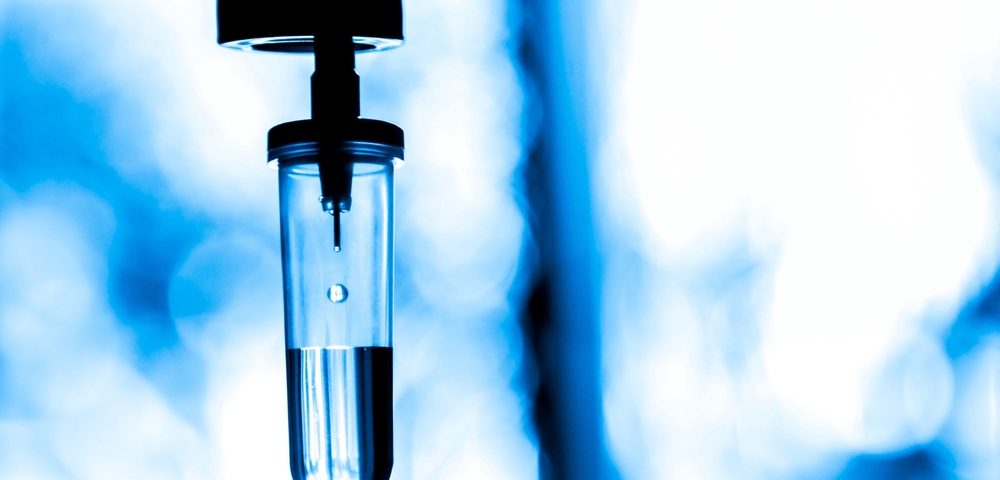A chemotherapeutic regimen that includes high-dose ranimustine may be used to prepare patients for a stem cell transplant, ultimately leading to high survival rates in patients with relapsed or high-risk diffuse large B-cell lymphoma, according to a study.
The study, “Safety and efficacy of high-dose ranimustine (MCNU) containing regimen followed by autologous stem cell transplantation for diffuse large B-cell lymphoma,” was published in the International Journal of Hematology.
In patients with diffuse large B-cell lymphoma (DLBCL) who failed prior treatments, high-dose chemotherapy followed by an autologous stem cell transplant (ASCT) — which uses a patient’s own stem cells — has been found to be an appropriate strategy.
Many different high-dose conditioning regimens – treatments that kill any cancer cells in the body while making room in the patient’s bone marrow for the transplanted cells — have been developed.
One particular regimen includes nitrosourea-based therapy — a group of cancer drugs that act to inhibit proliferation and growth of tumor cells by damaging their DNA molecules.
A conditioning regimen including ranimustine (MCNU), a nitrosourea agent, was shown to be effective and safe for the treatment of malignant lymphoma. However, there is very limited information on the safety and effectiveness of high-dose ranimustine for patients with DLBCL.
Therefore, researchers analyzed data from multiple prospective clinical trials where DLBCL patients received high-dose ranimustine-based regimen before an autologous stem cell transplant.
In total, 29 patients were analyzed. Of these patients, 15 were given a treatment regimen called MCVC, which included ranimustine at a dose of 200 mg/m2 on days three and eight, and 14 were given a regimen called MEAM, which included ranimustine at a dose of 300 mg/m2 on day seven. Both regimens included a combination of other chemotherapeutic agents.
Results showed that, after five years, 82.8% of patients were still alive, and 58.2% showed no signs of the disease worsening.
When looking specifically at individual regimens — the five-year overall survival in patients treated by the MCVC regimen was 73.3%, and the MEAM regimen was 92.9%.
While the effectiveness of ranimustine still needs to be further researched, investigators said that “high-dose MCNU may have potentially highly curative anti-lymphoma activity for high risk or relapsed DLBCL.”
The major adverse events experienced by patients included nausea, anorexia, febrile neutropenia (fever), diarrhea, and mucositis (painful inflammation and ulceration of the mucous membranes lining the digestive tract).
One patient developed severe sinusoidal obstructive syndrome — a potentially fatal form of liver injury — and acute lung injury. The patient died without disease progression.
“These results suggest that regimens including high-dose MCNU followed by ASCT are feasible and effective for the treatment of relapsed or high-risk DLBCL. Further investigation is needed to evaluate of these regimens,” the researchers concluded.


